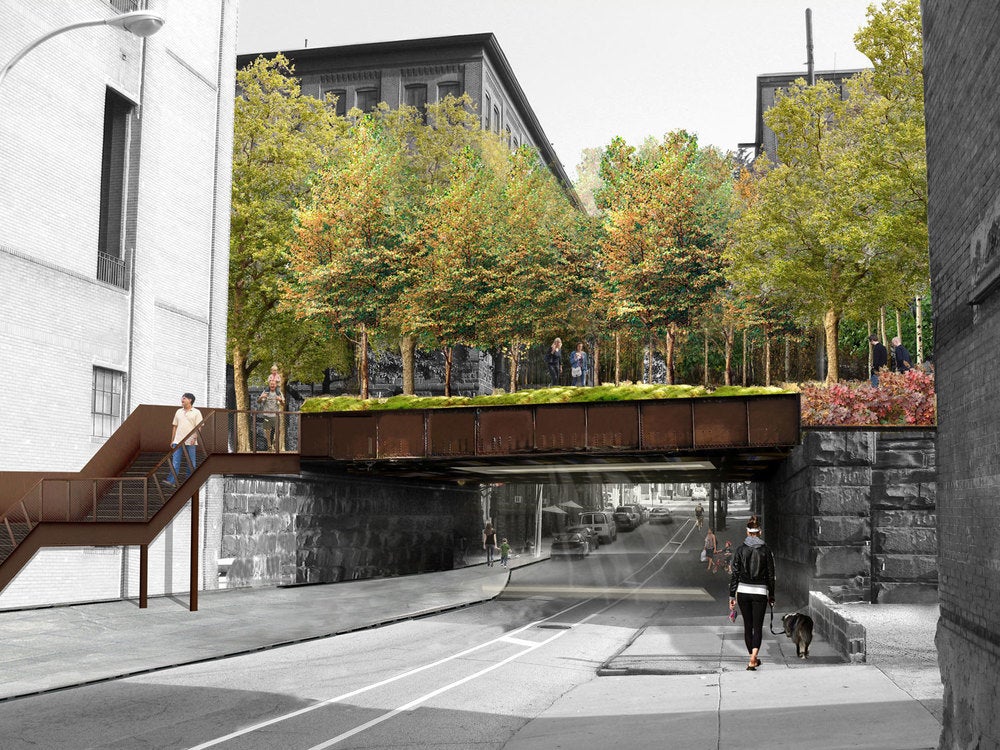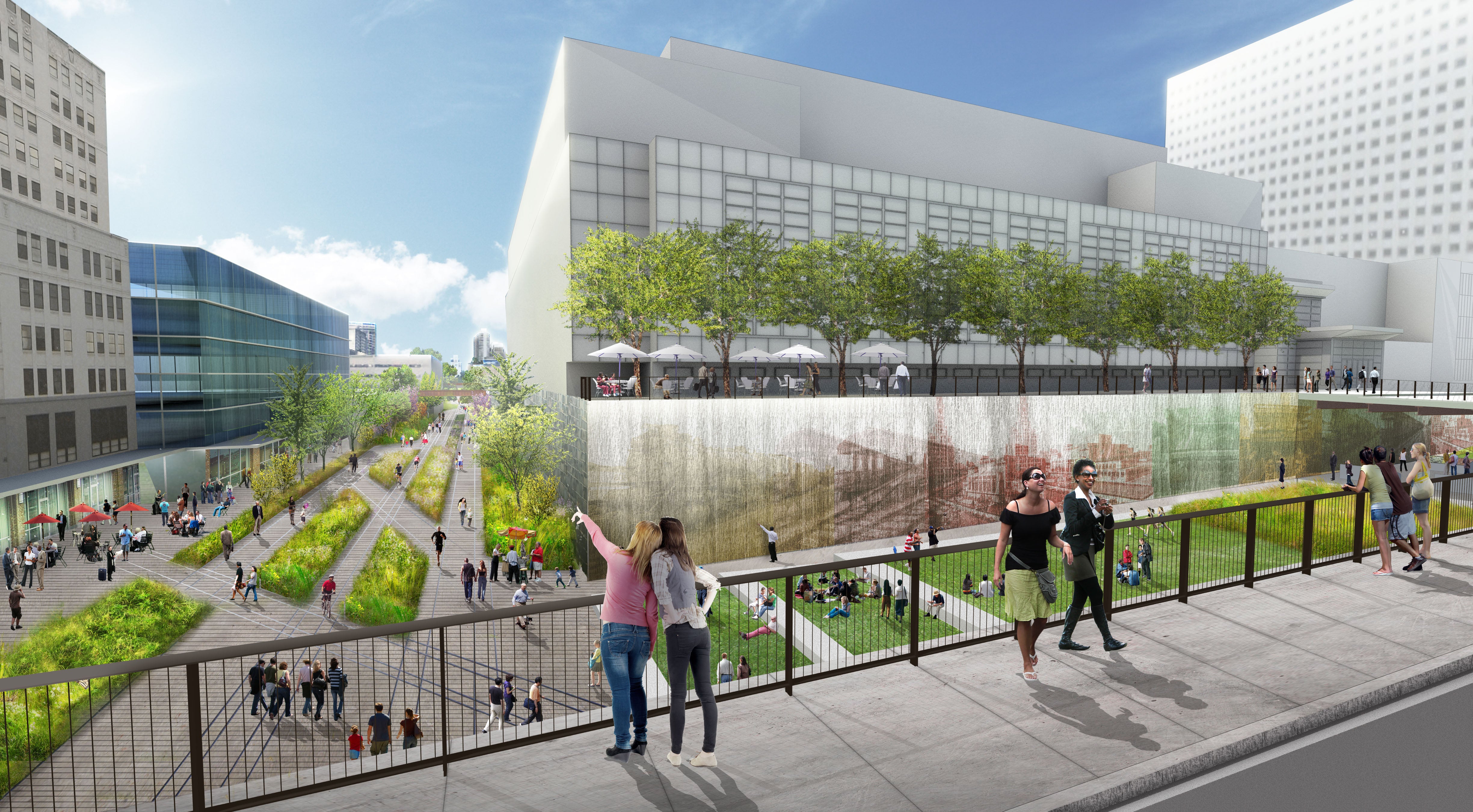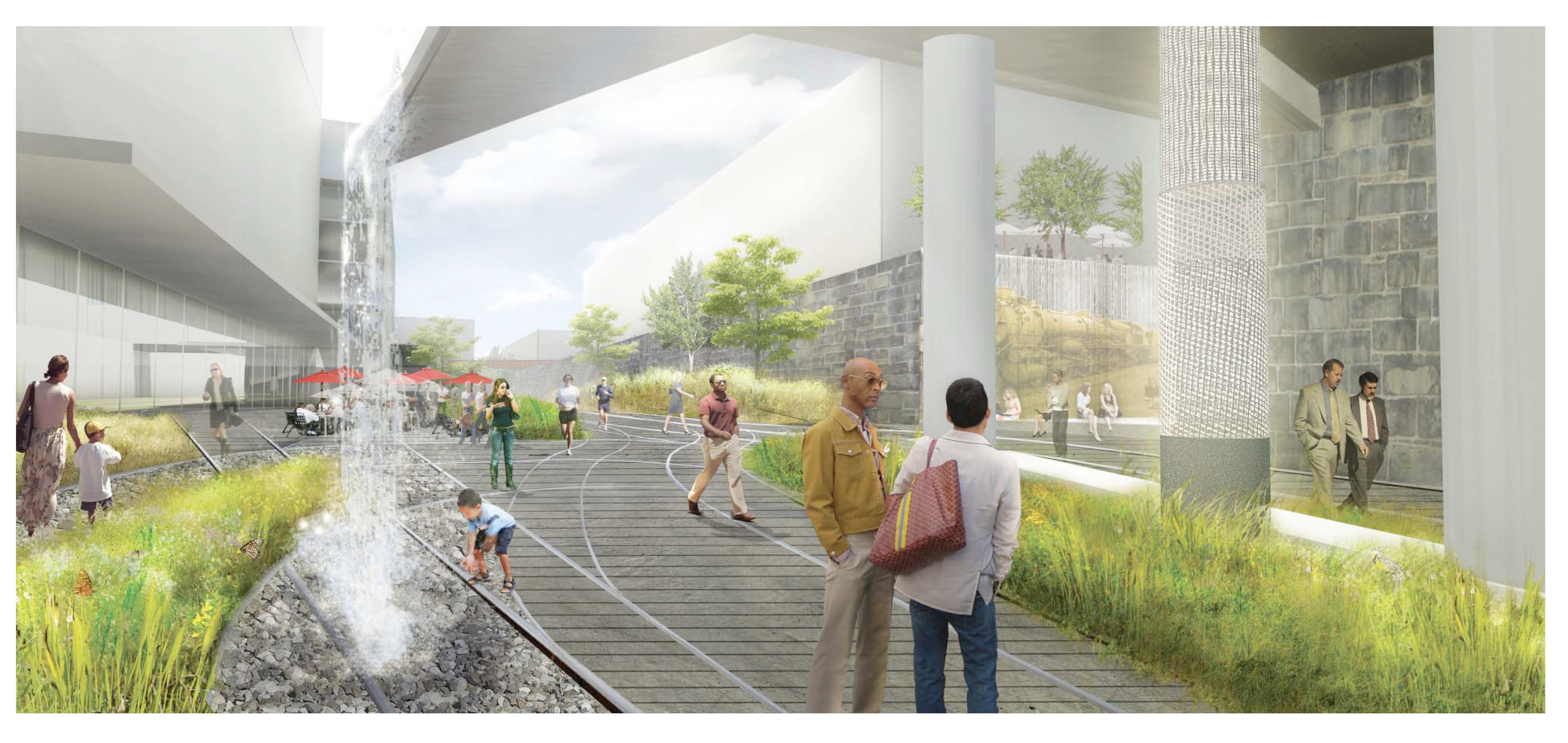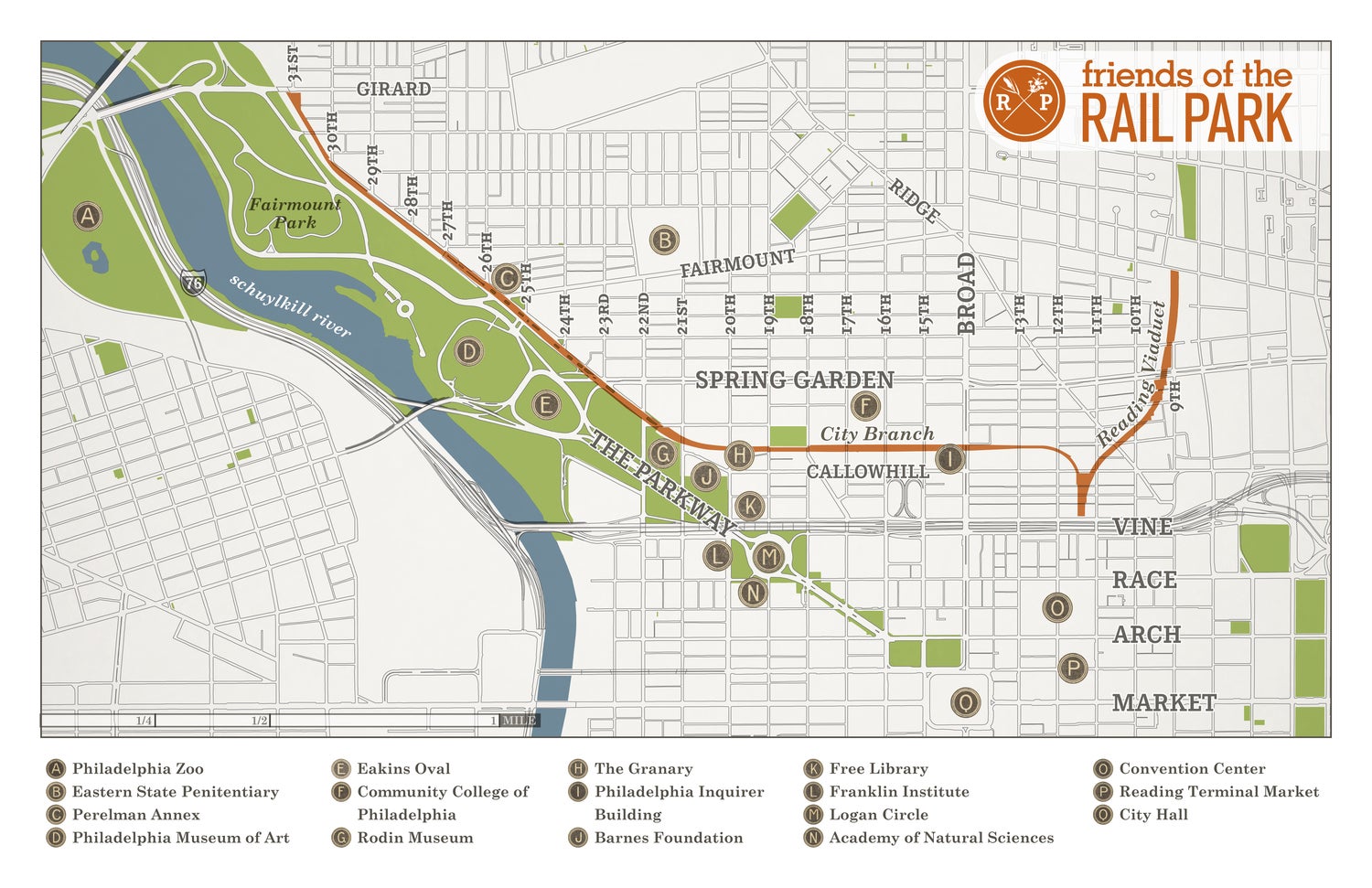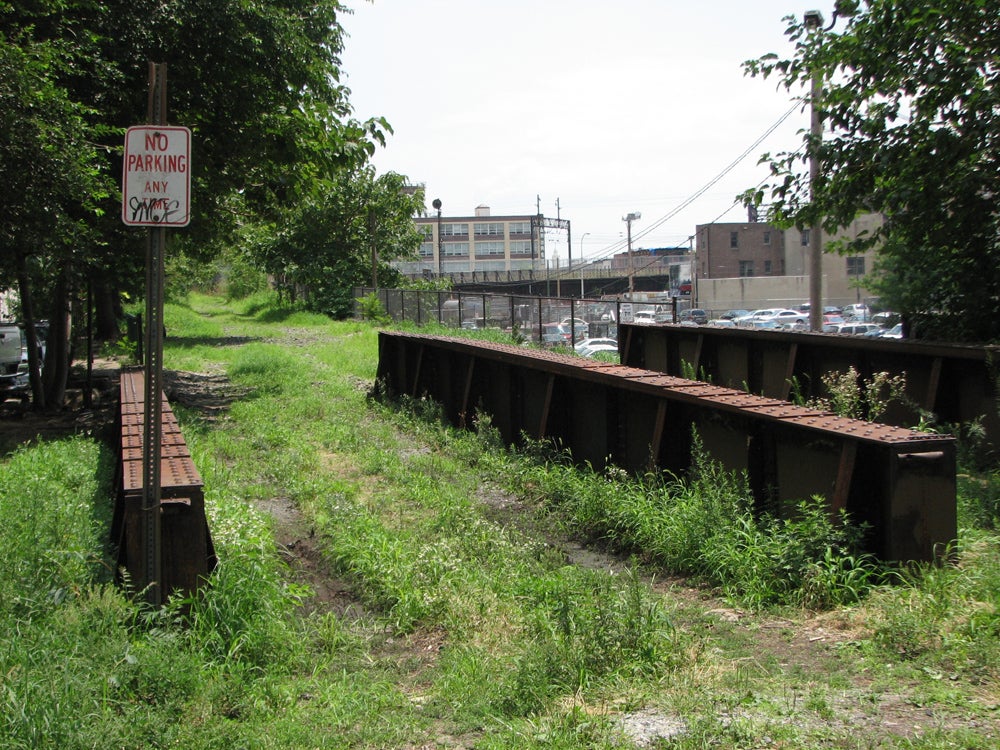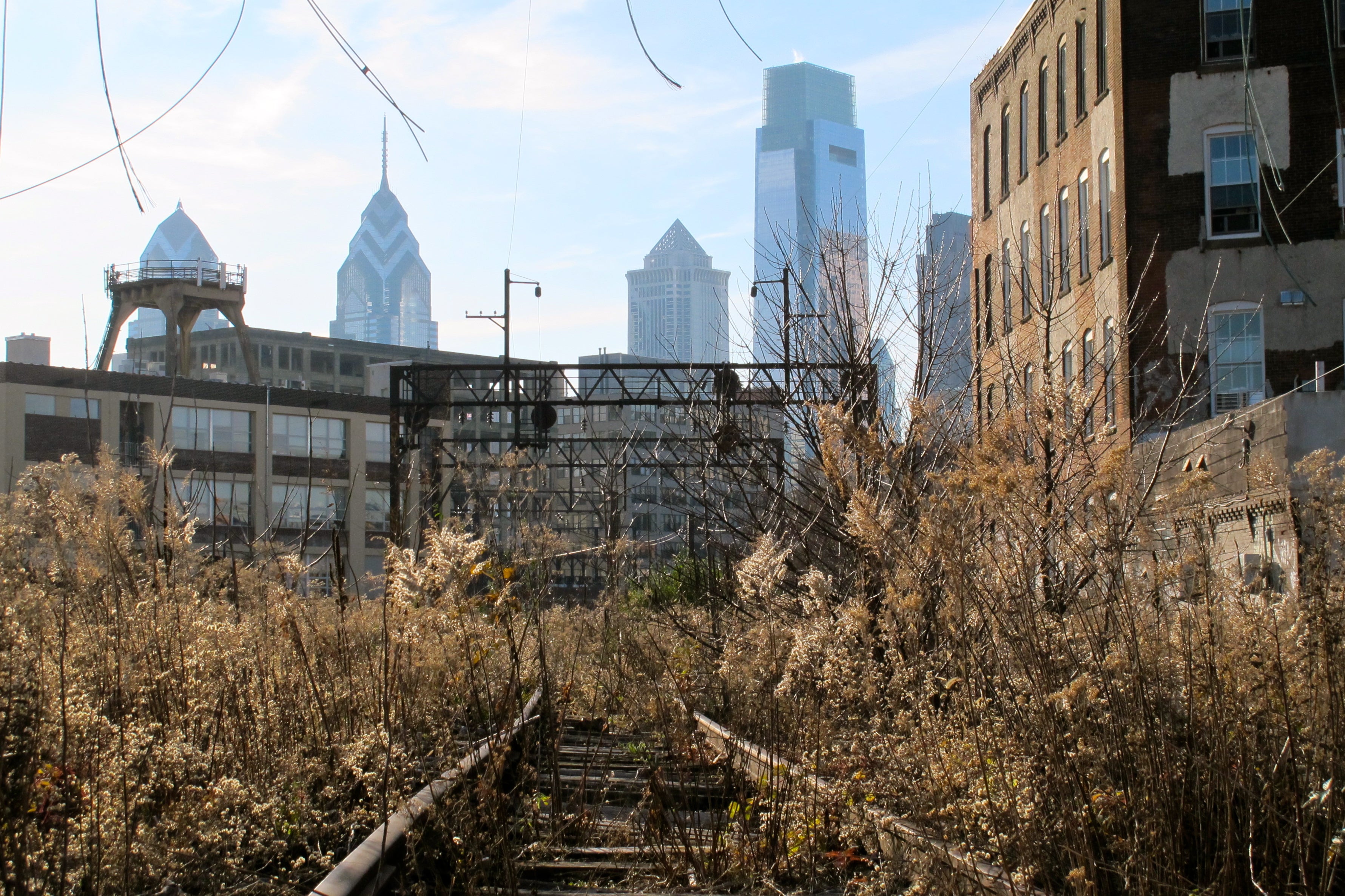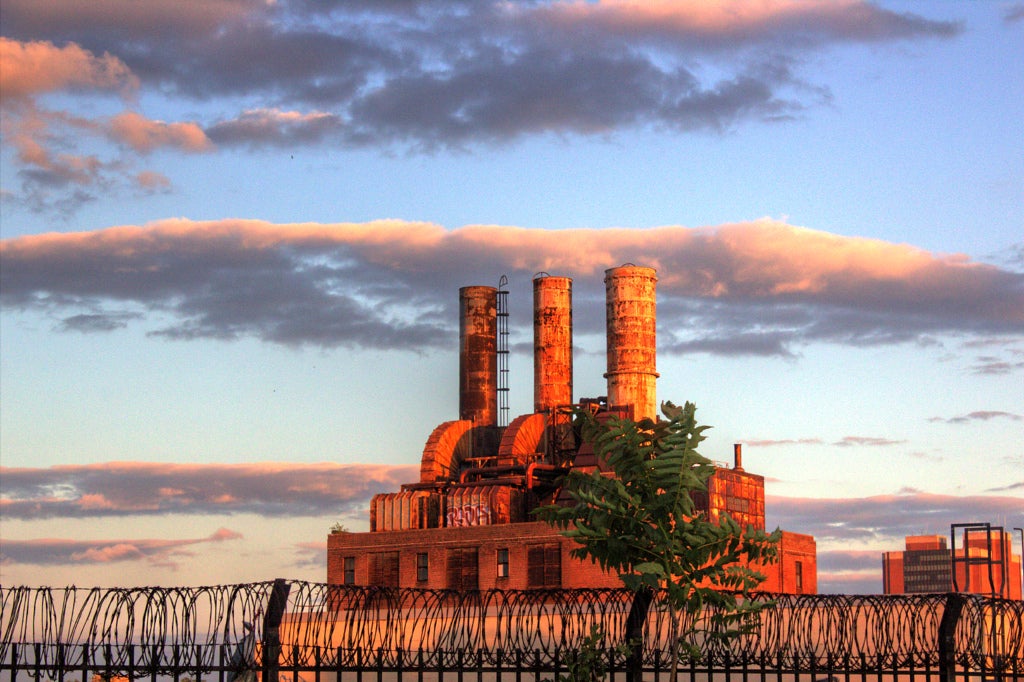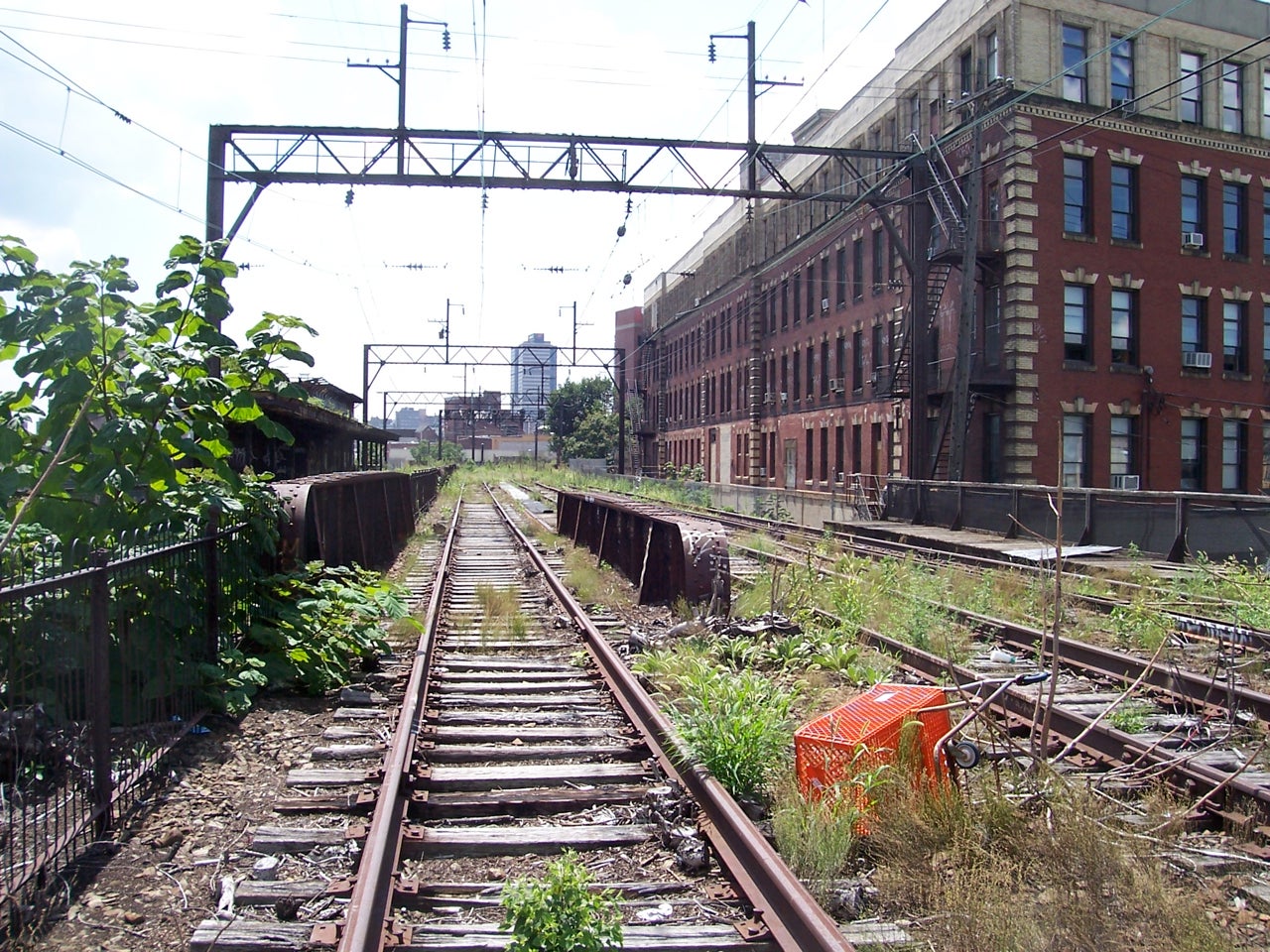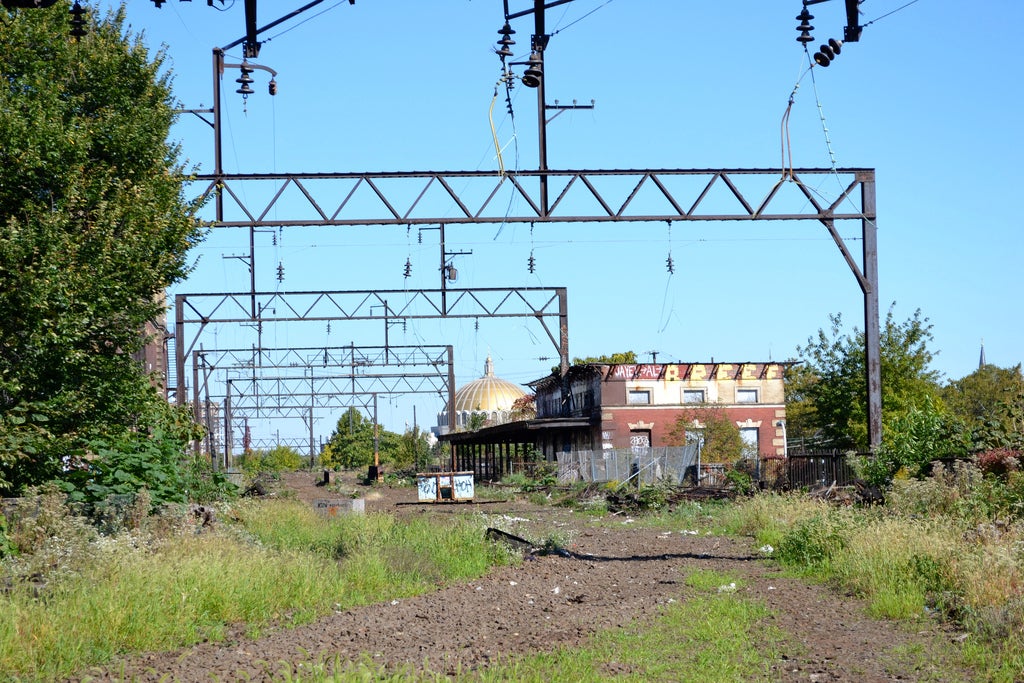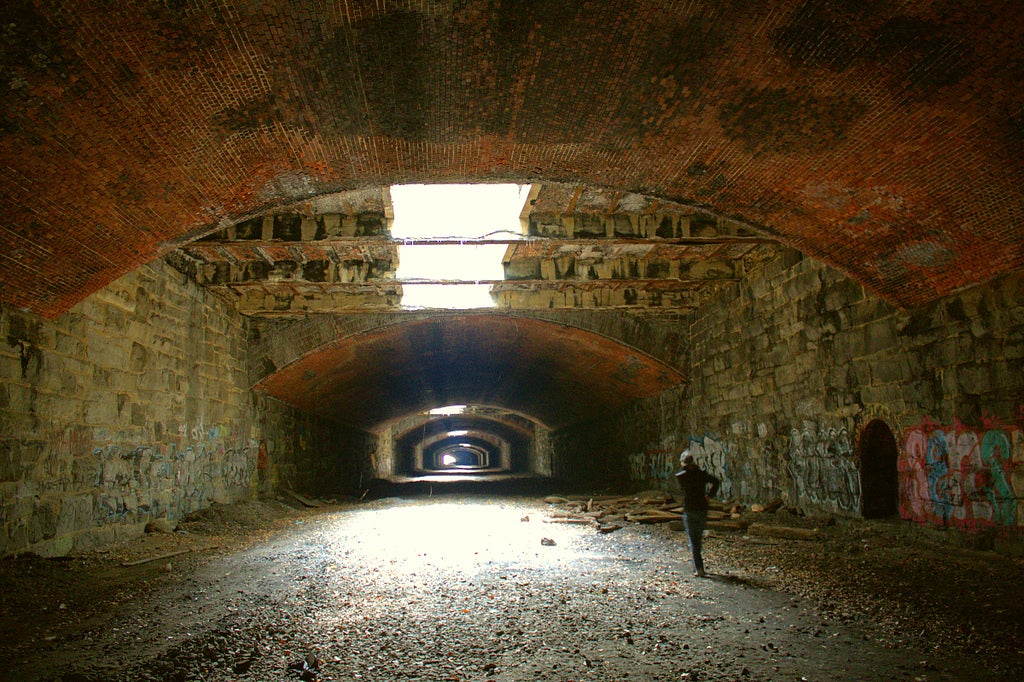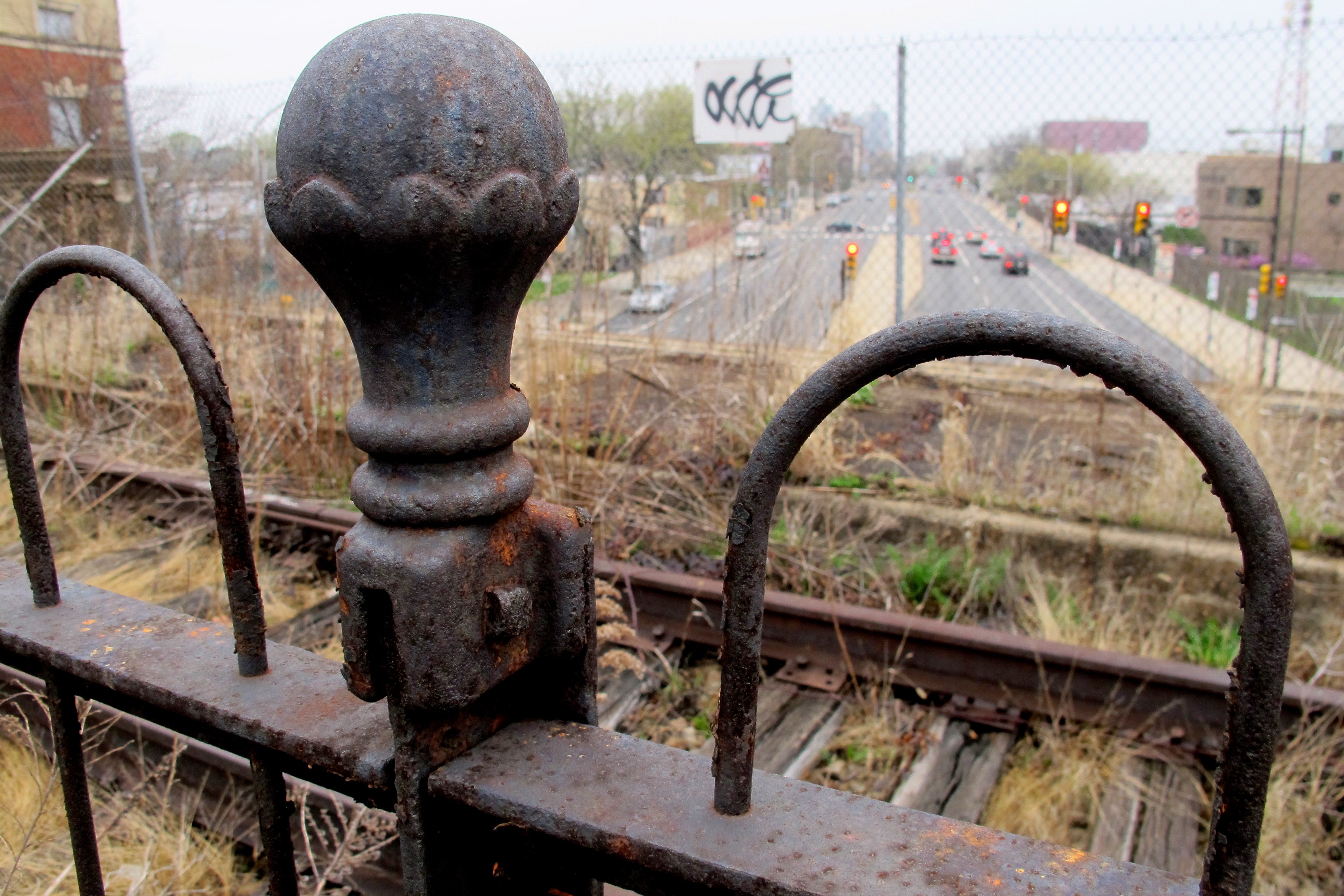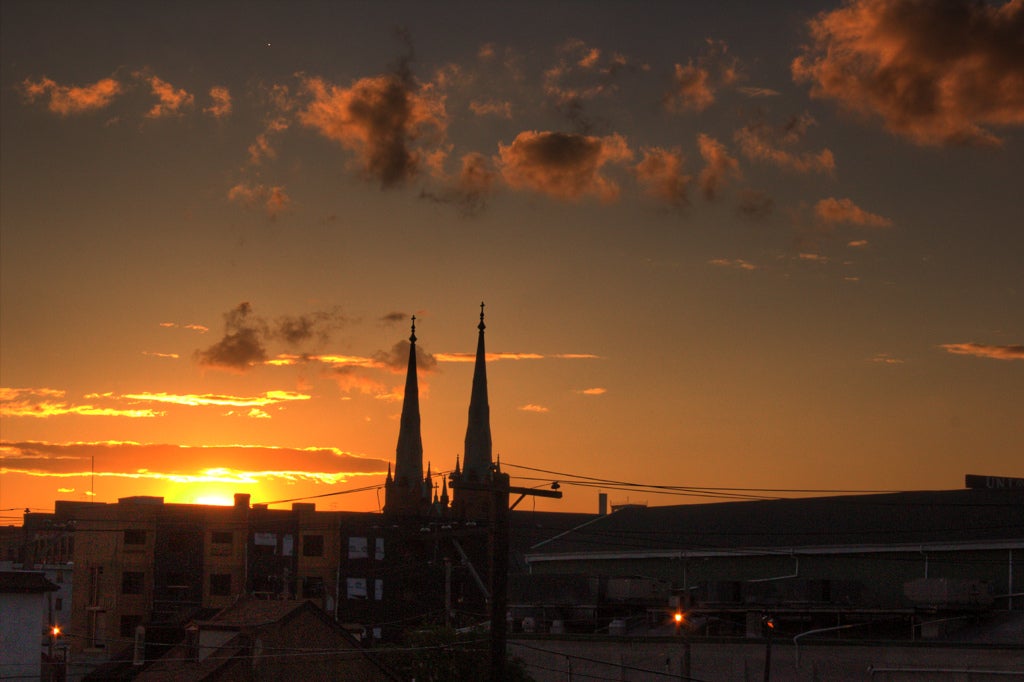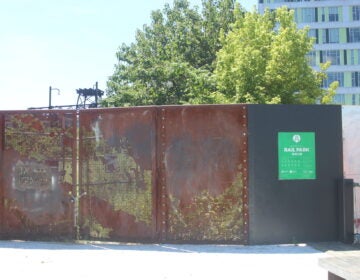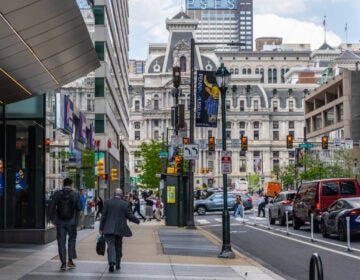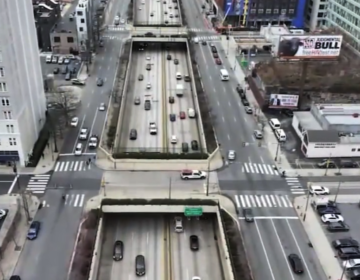Councilman Squilla announces City giving Reading Viaduct Rail Park another $1M

During a public presentation before the Central Philadelphia Development Corporation, at late-entering Councilman Mark Squilla announced that the City of Philadelphia was pledging an additional $1 million to the project to turn the defunct, elevated rail line into a park.
With the City’s money, the Center City District, which will handle construction of the park before then turning it over to the City, is within striking distance of the $8.6 million required for construction. Center City District is pursuing a $3.5 million grant from the Commonwealth’s Redevelopment Assistance Capital Program. Perhaps not coincidentally, the City’s extra $1 million, which is in addition to a previously pledged $1.8 million, plus funds from William Penn Foundation, the Knight Foundation and other private donors, adds up to about $3.5 million short of the necessary funds.
Councilman Squilla, who represents the area, also introduced a bill last month to approve the transfer of the elevated park to the City once the first phase is finished. Squilla said he was arriving directly from a meeting with Council President Darrell Clarke to confirm the added $1 million in funds.
The first phase project would cover just the so-called “SEPTA Spur” of the Reading Viaduct, which is a 0.8-acres portion of the viaduct curving from 13th Street southeast to Callowhill between 11th and 12th.
The entire viaduct, including a below grade and tunnel line that travels from Callowhill to Fairmount Park, is about 3 miles long. The entirety of that stretch is owned by SEPTA, which has cooperated with both the Center City District and the Friends of the Rail Park, a non-profit created to promote the rail-to-park conversion. The Friends of the Rail Park will also look to provide supplemental maintenance and programming at the park.
Another stretch of the elevated rail line is still owned by the corporate ancestor of the Reading Railroad Company, which is now based in California. Center City District CEO Paul Levy said that the CCD and the City had previously spoken to the company “3 or 4 years ago” and that they would be reaching out again to negotiate. At one point, Reading reportedly owed Philadelphia around $1.4 million in back taxes, although it is unclear whether that has been paid.
As PlanPhilly reported last week, the Art Commission gave final approval for the park’s design. Levy said that the construction documents were all drafted, so it’s just a matter of securing the final funds before construction bidding can begin, and shovels go in the ground soon after.
The Reading Viaduct Rail Park was inspired by New York City’s High Line Park, and Adam Ganser, Vice President of the Friends of the High Line, spoke about New York’s experience. There, the park was estimated in 2002 to cost $100 million and would accrue $262 million in economic benefits to NYC. Also a multiphase project, the first phase opened in 2009, a second in 2011 and a final phase in 2014.
An updated economic model revised the total cost upward to $150 million. The same study also upped total revenue to the city to $900 million.
High Line Park sees approximately 6.2 million visitors a year, putting it on par with the Metropolitan Museum of Art and beating the Museum of Modern Art, said Ganser, who credited the High Line with making Manhattan somehow more unaffordable.
You can view more renderings of the park here, and, c’mon, you know you want to.
WHYY is your source for fact-based, in-depth journalism and information. As a nonprofit organization, we rely on financial support from readers like you. Please give today.



